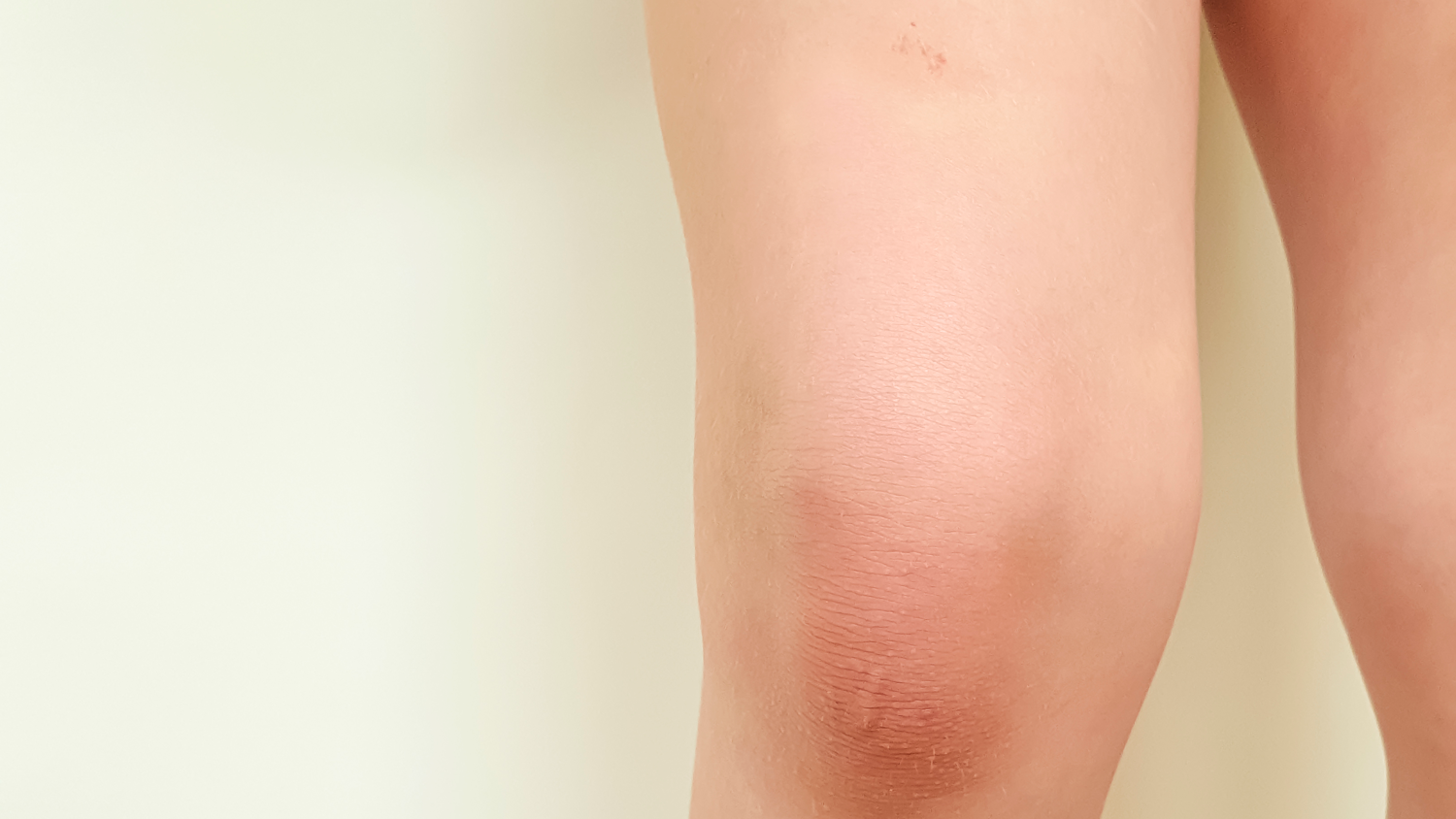
Key facts
- Swollen joints happen when there is fluid in the tissues around the joints.
- Joint pain and swelling can affect more than one joint at a time.
- Joint pain and swelling are often accompanied by stiffness, aches and a feeling of heat or warmth.
- Acute joint pain usually comes on quickly and does not last long.
- Chronic joint pain and swelling may be caused by a ‘rheumatic’ condition — a condition that affects your joints, bones and muscles.
What is joint pain and swelling?
Swollen joints happen when there is fluid in the tissues around the joints. It can be very uncomfortable and can make it difficult to move the affected joints. In some cases, swelling may cause affected joints to increase in size or appear to be an odd shape.
Joint pain and swelling can affect more than one joint at a time. The most common joints to be affected by pain and swelling are elbows, wrists, shoulders, the base of the spine, knuckles in the hand, hips, knees or ankles.
Acute and chronic joint pain and swelling
There are 2 types of joint pain and swelling.
- Acute joint pain and swelling comes on quickly and lasts a short time, for example, if you have an injury.
- Chronic joint pain and swelling comes on slowly and causes long-term problems. This is more likely to be caused by an underlying condition, such as a type of arthritis.
What symptoms are related to joint pain and swelling?
The symptoms of joint pain and swelling can vary, and depend on which joints are affected. The pain and swelling are often accompanied by stiffness, aches and a feeling of heat or warmth.
In some cases, it can lead to problems moving around, carrying out daily activities (such as washing and dressing), and for some people, working.
Joint pain and swelling may be better or worse at different times of the day. For example, you may find that your joint pain and swelling is worse first thing in the morning. Pain and swelling in the joints can also lead to tiredness and fatigue.
What causes joint pain and swelling?
Acute joint pain usually comes on quickly and does not usually last long. Some common causes of acute joint pain include:
- injury, such as sprains and strains
- overuse of the joint
- an infection
- other illnesses, such as the flu or COVID-19
Chronic joint pain and swelling may be caused by a ‘rheumatic’ condition — a disorder that affects your joints, ligaments, tendons, bones and muscles. There are more than 200 different kinds of rheumatic conditions, including arthritis, gout and lupus.
The most common types of arthritis are osteoarthritis and rheumatoid arthritis.
When should I see my doctor?
It’s a good idea to see your doctor if you have joint pain or swelling, especially if it starts for no clear reason, lasts for more than a few days, or if the joint is also red and warm.
You may need x-rays, blood tests or other scans. In some cases, the doctor may want to look inside the joint with an arthroscope.
How is joint pain and swelling treated?
Acute joint pain, such as strains and sprains, can usually be helped by the PRICE method:
- Protect the joint area from further damage or harm.
- Rest the joint — avoid activities that cause pain.
- Ice the joint for 20 minutes every 2 to 3 hours — make sure the ice is wrapped, so it doesn’t touch your skin.
- Compress the joint with a bandage that is firm, but not tight.
- Elevate the joint above the level of the heart, to reduce swelling.
If you have long term joint pain and swelling, your doctor will diagnose the cause. They will provide a plan of treatment, which may include exercise. The best types of exercises are gentle on your joints. Depending on the cause and the joint involved, this may include swimming, aqua aerobics, tai chi, cycling or walking.
Medicines such as steroids, paracetamol or ibuprofen may sometimes help. For some conditions, your doctor may recommend an injection of steroid medicine into the joint or to remove some of the fluid that has built up in the joint.
If the problem is caused by an infection, you may need antibiotics or surgery to drain the area.
Can joint pain and swelling be prevented?
Because there are many different types of conditions that cause joint pain and swelling, prevention depends on many different factors. In many cases lifestyle changes can help you manage your symptoms, and live well.
Maintain a healthy weight
While there is no clear link between being overweight and developing arthritis, extra body weight can increase the stress on many joints, especially the knees, hips and lower back. Losing weight will decrease the stress on your joints, reduce pain and make it easier for you to move around.
Quit smoking
Smoking is linked to back pain, neck pain, rheumatoid arthritis and osteoporosis, so quitting has many health benefits. Smoking also causes fatigue and slower healing, which can increase pain, and cause some medications to be less effective.
Exercise
Regular exercise is important to help you keep fit, independent and mobile. Being active helps keep your muscles, bones and joints strong.
Know your treatment options
There are many different medical treatments that can help relieve pain, and slow the development of your joint stiffness. By working with your healthcare team to find a treatment combination that best suits you, you can reduce your joint pain, look after your joint health, and improve your quality of life.




